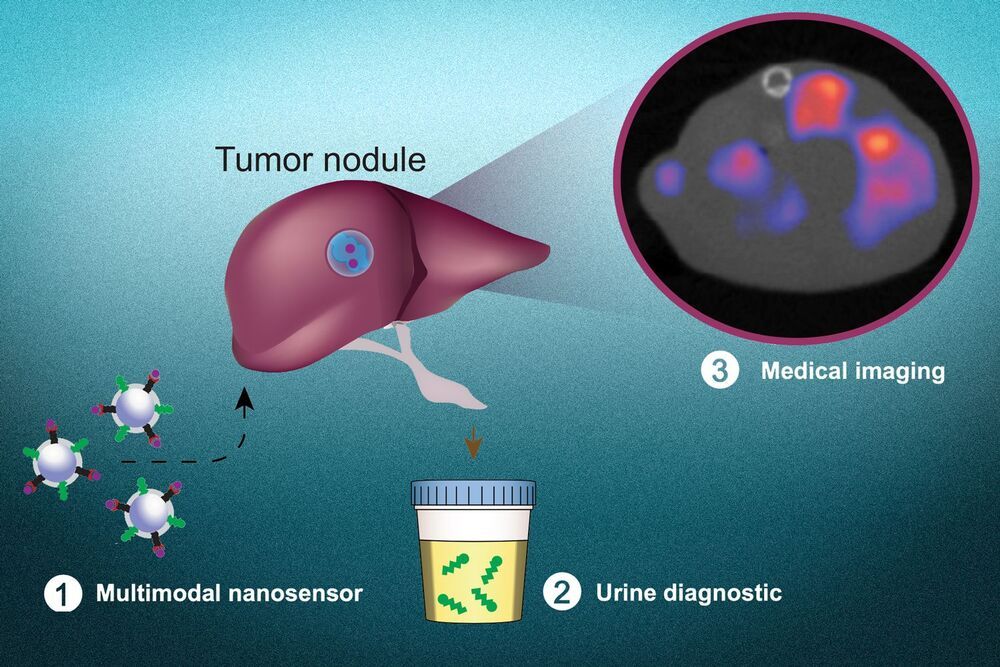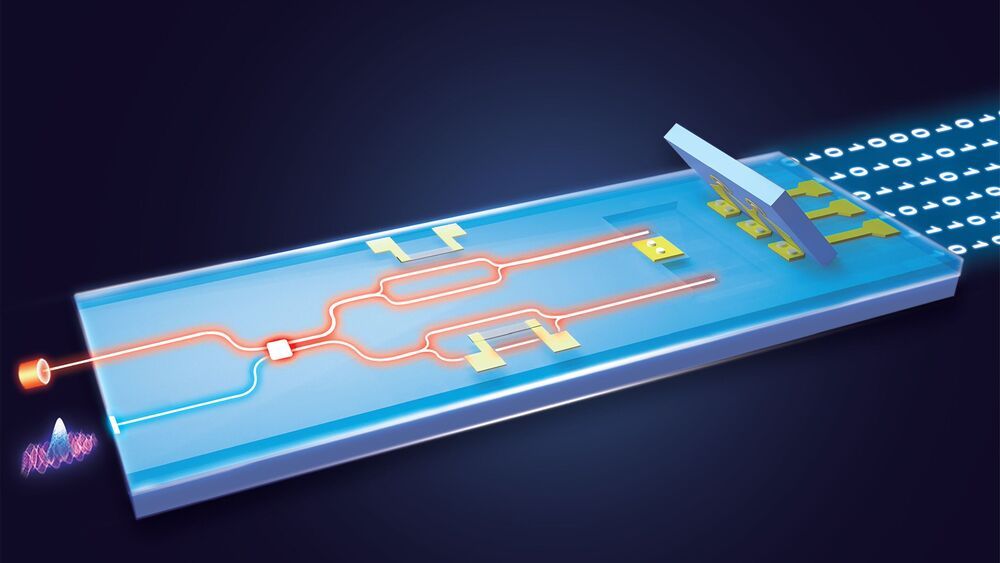“There was cheering in the control center” when word came that NASA had brought a key computer back, says James Jeletic, the Hubble project’s deputy project manager.
The Hubble Space Telescope is returning to operation more than a month after its original payload computer shut down. NASA said it has successfully switched over to its backup computer — and while the process of bringing the system back online is slow, the agency has started to bring science instruments out of “safe mode.”
“There was cheering in the control center” on Thursday night when word came that NASA had managed to restore the payload computer, James Jeletic, Hubble’s deputy project manager, told NPR.
“There’s a big sense of relief,” Jeletic said.









